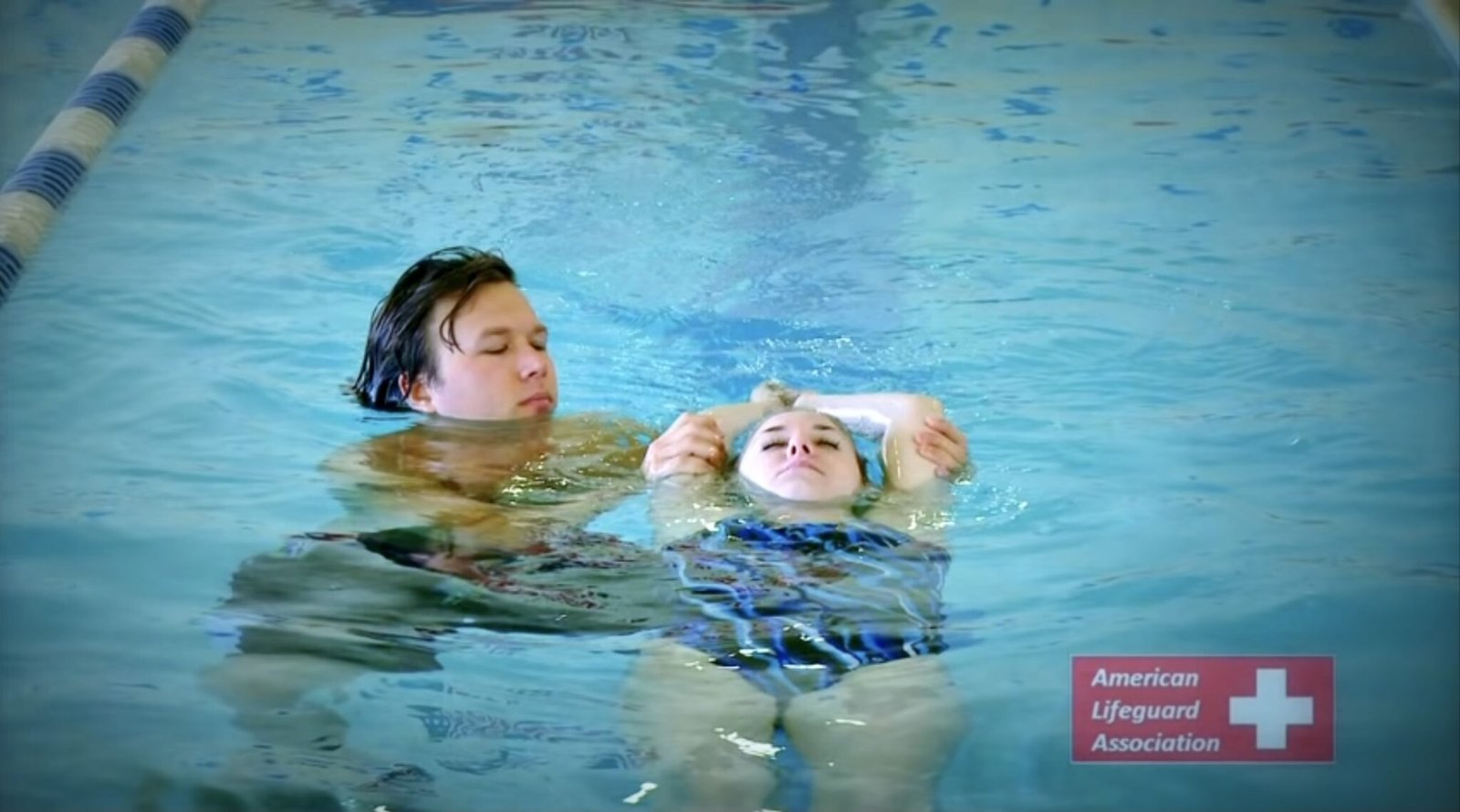Become a Lifeguard: Guide to the Best Lifeguard Course by the ALA
Becoming a lifeguard is more than just a job. It’s a responsibility that requires dedication, skill, and knowledge to ensure the safety of individuals at pools, beaches, and water parks. The role of a lifeguard is vital in preventing accidents and saving lives, and the journey starts with proper training. The American Lifeguard Association (ALA) offers one of the most reputable lifeguard courses available, designed to equip aspiring lifeguards with the tools they need to excel.
In this article, we’ll dive deep into what a lifeguard course entails, why ALA’s program stands out, and how you can benefit from this certification.
Why Lifeguard Training Is Essential
Water safety is a significant concern in any recreational or professional aquatic setting. Lifeguards are the first line of defense in protecting swimmers from potential dangers. Their swift response and vigilant supervision can prevent drownings, injuries, and other life-threatening incidents.
However, to perform their duties effectively, lifeguards must undergo rigorous training. A comprehensive lifeguard course covers not just the physical skills of rescuing someone from water but also teaches CPR, first aid, communication, and crisis management. These components make the role of a lifeguard crucial in any community.
What to Expect in a Lifeguard Course
A standard lifeguard course usually includes both theoretical and practical components. Below are the core elements covered in most lifeguard training programs:
- Water Rescue Techniques
Lifeguards must be proficient in different water rescue techniques, such as reaching assists, swimming rescues, and the use of rescue equipment like tubes or boards. The course trains individuals to respond quickly and effectively in situations where swimmers are in distress. - CPR and First Aid
CPR (Cardiopulmonary Resuscitation) and first aid are critical components of lifeguard training. The ability to provide immediate medical care can mean the difference between life and death, especially when a swimmer is unconscious or has suffered a serious injury. - Preventive Measures
Lifeguards don’t just react to emergencies—they are also trained to prevent them. This includes learning how to assess potential hazards, enforce safety rules, and educate swimmers about water safety. - Physical Fitness
Lifeguarding demands a high level of physical fitness. Trainees must complete timed swims, tread water for extended periods, and demonstrate the ability to carry heavy loads during a rescue. The physical aspect of the course ensures that only those capable of meeting these demands can qualify as lifeguards. - Communication and Crisis Management
Lifeguards often need to communicate effectively with both swimmers and other lifeguards during emergencies. The course teaches trainees how to remain calm, issue clear instructions, and coordinate with team members to manage complex situations.
Why Choose the American Lifeguard Association (ALA)?
When selecting a lifeguard training provider, it’s essential to choose a program that offers comprehensive training, certification, and support. The American Lifeguard Association (ALA) is a trusted name in lifeguard certification, recognized not only in the U.S. but internationally.
Here’s why the ALA lifeguard course is considered one of the best:
1. Comprehensive Curriculum
The ALA’s lifeguard course covers all aspects of water safety, rescue, CPR, and first aid. It ensures that trainees are well-rounded and prepared for real-world scenarios. Their program is continuously updated to align with the latest standards and best practices in aquatic safety.
2. Flexible Learning Options
ALA offers flexibility with their courses, providing options for both in-person and online learning components. This allows aspiring lifeguards to complete the theoretical aspects of the training from the comfort of their home while still participating in practical, hands-on training at designated locations.
3. National and International Recognition
ALA certification is widely accepted across the U.S. and internationally, making it easier for certified lifeguards to find employment anywhere they go. This recognition reflects the high standards upheld by the ALA and their commitment to quality training.
4. Qualified Instructors
ALA employs highly trained and certified instructors with real-world lifeguarding and rescue experience. Their instructors are committed to ensuring that each trainee masters the necessary skills and feels confident in their abilities by the end of the course.
5. Emphasis on Practical Experience
While theory is essential, ALA places significant emphasis on practical, hands-on experience. Trainees spend ample time practicing rescues, performing CPR, and using first-aid techniques in realistic settings. This prepares them for the unpredictable nature of lifeguarding and instills confidence in their abilities.
Benefits of Completing a Lifeguard Course
Taking a lifeguard course, particularly one offered by ALA, offers numerous benefits, both personal and professional.
1. Saving Lives
The most significant advantage of becoming a lifeguard is the ability to save lives. The knowledge and skills gained through a comprehensive training program can help you react swiftly and confidently in emergency situations.
2. Building Leadership and Responsibility
Lifeguards are often viewed as authority figures at aquatic facilities. The role requires leadership, responsibility, and maturity—qualities that will benefit you in many other areas of life and future career paths.
3. Career Opportunities
Completing a lifeguard course can open doors to a wide range of career opportunities. Lifeguarding positions are available at pools, beaches, water parks, hotels, resorts, and even cruise ships. With an ALA certification, your employment options expand globally.
4. Physical Fitness
Lifeguarding keeps you in excellent physical condition. The course itself requires trainees to meet physical fitness standards, and once employed, lifeguards often engage in regular training to stay in top shape.
5. Community Involvement
Being a lifeguard gives you the chance to contribute to your community by ensuring the safety of others. It’s a job with a purpose, allowing you to make a positive impact in the lives of others.
Steps to Enroll in an ALA Lifeguard Course
If you’re ready to embark on this rewarding career path, enrolling in an ALA lifeguard course is simple. Here’s a step-by-step guide:
- Meet the Requirements
To enroll, you must meet basic requirements such as a minimum age (usually 15 or older), the ability to swim a certain distance, and a general fitness level. - Register for a Course
Visit the ALA website to find the nearest lifeguard course available. You can choose between blended learning (a mix of online and in-person training) or traditional in-person classes. - Complete the Training
Attend all sessions, participate actively, and practice diligently. Once you’ve completed both the theoretical and practical components, you’ll be eligible to take the final assessments. - Get Certified
Upon successful completion of the course and passing all required tests, you’ll receive your official ALA lifeguard certification.
Conclusion
The path to becoming a lifeguard starts with proper training, and the American Lifeguard Association’s course offers one of the most respected and thorough programs available. Whether you’re looking to save lives, develop leadership skills, or pursue a career in aquatic safety, the ALA lifeguard course will equip you with everything you need to succeed. Don’t wait—start your lifeguard journey today and make a difference in your community!
Must Read: How Can I Find a Trusted Locksmith in Chicago Lincoln Park?






